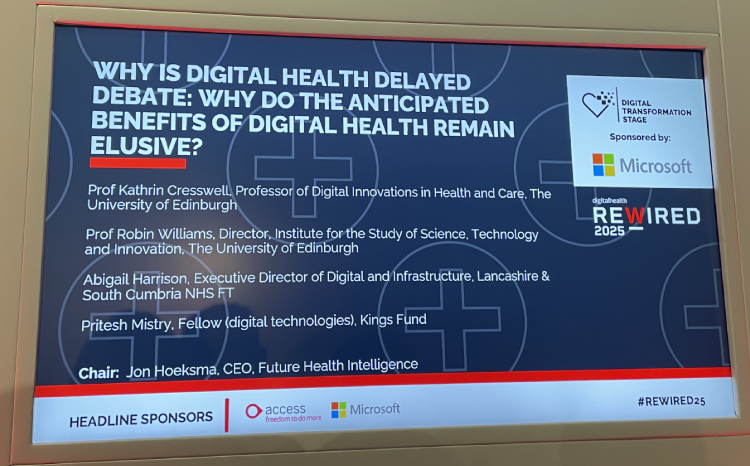‘Medical Grade Networks’ launched by Cisco
- 13 June 2005
Cisco Systems has launched Medical Grade Networks, its blueprint of the future networking requirements for healthcare organisations to deliver e-health services.
At a May press event the US technology giant explained why it believes focusing on converged networks, able to link together voice, data and diagnostic images, provides the means to get the most out of existing legacy systems and prepare for future clinical applications such as electronic patient records and digital x-rays.
According to Kevin Dean from Cisco Systems Internet Business Solutions, healthcare systems across the globe have historically under-invested in information technology: "In some ways the industry is 10-20 years behind. I repeatedly come across healthcare systems and organisations spending less than 1% of their turnover on IT."
The problem he says is that historically it has always been IT budgets that get squeezed first to meet increases in areas like pay and drugs bills. Because healthcare is usually delivered through fragmented delivery organisations and networks it’s also usually very difficult to co-ordinate IT investments centrally.
As a result of all these factors the current state of the industry is that the sector has a lot of legacy systems, developed locally, but mostly without standards. “This means that there is a mass of data out there not in any easily accessible form."
The real challenge for healthcare in the 21st century, he said, is to connect the disparate islands of care, information, knowledge and re-engineer the processes that form the patient’s journey. Only by taking these steps will it then become possible to improve productivity, reduce costs and improve patient care.
Cisco highlighted Sana Hospital in Remscheid, Germany, as an example of a hospital that was investing heavily in a Medical Grade Network, with PACS, IP telephony and wireless capabilities to modernise healthcare services. Sama made the investment to stay competitive in the cash-strapped German hospitals sector. As a result of its investment in networks the hospital expects staff productivity to increase by 20% in 2005.
Bjarne Kohl, chief information officer of Rigshospitalet, Denmark’s largest hospital, explained why the decision had been made to heavily invest in a state-of the-art wireless network with over 1,500 access points. Punning on the adverts for Carlsberg lager, Kohl described the network as “Probably the largest wireless hospital network in the world.”
“The main reason to do this is because our health workers are mobile and we need to support them next to the patient.” Rigshospitalet plans to implement an electronic patient record by 2007 starting with medicines management.
Kohl says the aim is replace all of the devices currently being lugged around by a clinician – PDA, mobile phone, bleep, laptop, Dictaphone – with a single mobile device providing all the applications and information they need. “The network is the pre-requisite to do this.”
Much can be achieved using existing systems, though. “Very great progress can be made by making the most of what we have already got,” said Dean. “I’m continually amazed by how much is out there already.” The starting point, he stressed is connectivity.
“Healthcare is becoming more and more connected, more and more staff require access to IT through a range of devices,” added Trine Stroemsnes, Cisco’s vertical sales manager, public sector, EMEA. She said that healthcare has already seen the greatest growth of any industry in wireless and IP phones, based on the fact that healthcare has an extremely mobile workforce.
She explained that the Medical Grade Network is based on providing a 24/7 converged network that can support the applications needed by healthcare organisations both now and in the future. Healthcare organisations need networks that are responsive, resilient, protected and interactive, said Stroemsnes.
“The Medical Grade Network needs to be ubiquitous and resilient,” added Dean.
Cisco is offering hospitals a tool called a ‘Medical Grade Network Assessment’, which provides CIOs of hospitals with a blueprint of how their IT infrastructure can support their business requirements, now, in two years and in four years. Over 30 hospitals globally have so far been through the assessment process.
One example of the type of application Medical Grade Networks support is e-radiology, an application developed to address the global shortage of radiologists. Through a secure network link, medical images from Norway are now sent to Barcelona for interpretation. “Through the network doctors in Norway now have access to more resources than they have available within their hospital,” said Stroemsnes.




